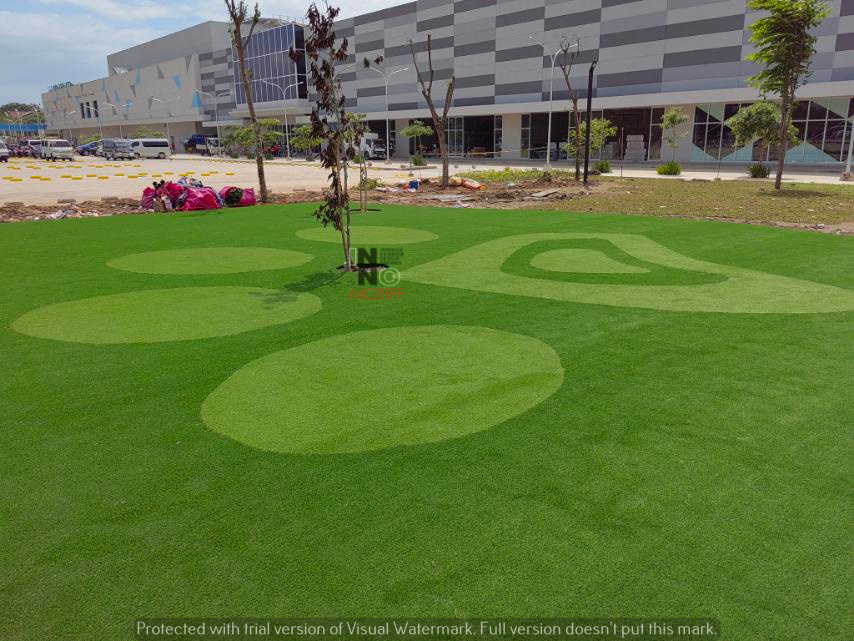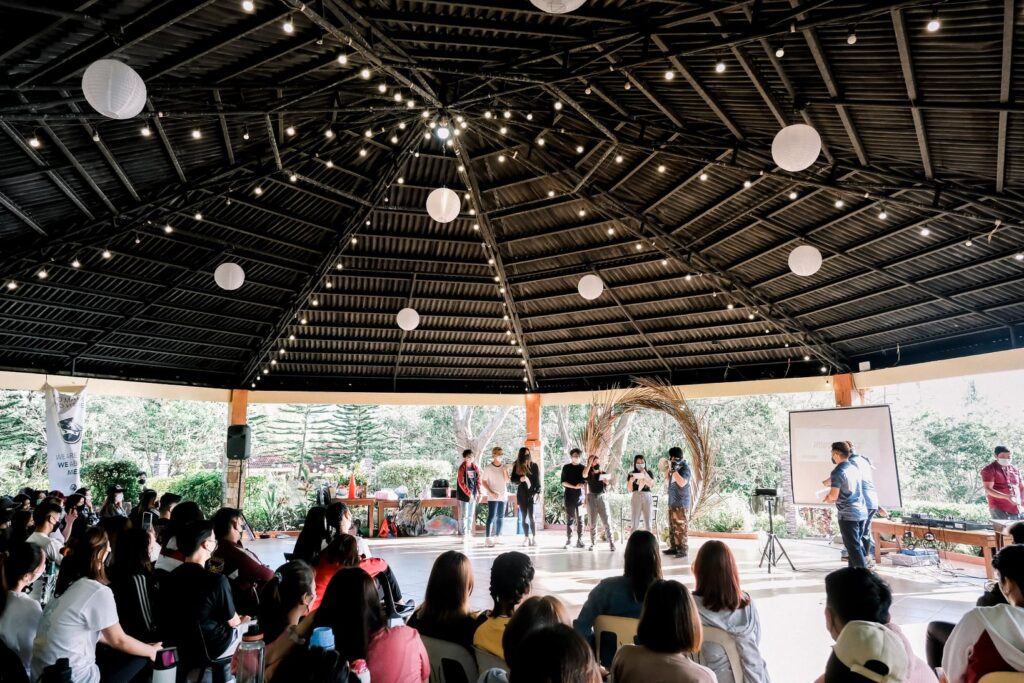Tree pollarding is a vital tree maintenance technique that not only helps in controlling tree size but also enhances overall tree health and safety. By strategically pruning branches, pollarding ensures trees remain manageable and aesthetically pleasing, especially in urban environments or small gardens. In this blog, we’ll explore the benefits of tree pollarding, best practices, and effective techniques to keep your trees healthy and vibrant.
What is Tree Pollarding?
Tree pollarding is a tree maintenance technique involving the removal of all limbs back to the main trunk. This process encourages the growth of lateral branches, resulting in a tree that remains smaller and more manageable. Unlike other pruning methods, which focus on shaping or thinning out the canopy, pollarding significantly reduces the tree’s height and width, making it an excellent choice for urban or confined spaces.
Historically, pollarding has been used for centuries to maintain trees in public spaces and estates. The technique helps prevent trees from becoming too large and provides a consistent framework for future growth.
Benefits of Tree Pollarding
Controlled Tree Size: Pollarding is particularly beneficial in restricted soil spaces or when trees are planted too close to structures. By limiting the tree’s growth, pollarding helps avoid potential damage to buildings, sidewalks, and utility lines.
Extended Lifespan: Regular pollarding can contribute to a tree’s longevity by reducing the risk of disease and decay. The controlled growth encourages a healthier structure and improves the tree’s overall resilience.
Enhanced Safety: Pollarding reduces the risk of falling dead wood and branches, which can be a safety hazard. By keeping the tree’s size manageable, the likelihood of structural failure and falling debris is minimized.
Aesthetic Appeal: Pollarded trees often have a distinctive, elegant appearance. This method can enhance the visual appeal of trees, making them a focal point in gardens, parks, and urban landscapes.
Best Practices for Tree Pollarding
Timing and Frequency: The best time to pollard a tree is during its dormant season, typically in late winter or early spring. This timing helps the tree recover quickly and promotes healthy regrowth. Pollarding should be done every 1-3 years, depending on the tree species and growth rate.
Proper Techniques: When pollarding, it’s crucial to make clean cuts to avoid damaging the tree. Remove limbs back to the main trunk or a lateral branch, ensuring that the cuts are smooth and free from jagged edges.
Equipment and Tools: Use sharp, high-quality pruning shears, saws, and loppers to make clean cuts. For larger limbs, a pruning saw or chainsaw may be necessary. Ensure that all tools are well-maintained and sanitized to prevent the spread of disease.
Professional vs. DIY: While DIY pollarding is possible for small trees, consulting a certified arborist is recommended for larger trees or complex situations. Professionals have the expertise and equipment to perform pollarding safely and effectively.
Step-by-Step Guide to Pollarding
Assessment: Begin by evaluating the tree’s condition and determining whether pollarding is appropriate. Look for signs of disease, damage, or excessive growth.
Preparation: Prepare the work area by clearing any obstacles and setting up safety measures. Gather all necessary tools and ensure they are in good condition.
Execution: Start by removing the limbs back to the main trunk or a lateral branch. Make clean, precise cuts and avoid leaving stubs. Continue to monitor the tree’s growth and health throughout the process.
Aftercare: Post-pollarding care involves watering the tree regularly and applying mulch to support new growth. Monitor the tree for any signs of disease or stress and address issues promptly.
Common Mistakes to Avoid
Over-Pollarding: Removing too many branches or cutting back too severely can harm the tree and affect its health. Avoid excessive pruning and follow recommended guidelines.
Incorrect Cutting Techniques: Poor cutting techniques, such as leaving jagged edges or cutting too close to the trunk, can damage the tree and lead to disease. Ensure all cuts are smooth and well-placed.
Ignoring Growth Cycles: Pollarding should align with the tree’s natural growth cycle. Avoid pollarding during the active growing season, as it can stress the tree and hinder recovery.
Takeaway
Tree pollarding is an essential practice for maintaining healthier, safer, and more manageable trees. By understanding and implementing best practices, you can ensure that your trees remain vibrant and aesthetically pleasing for years to come. Whether you choose to handle pollarding yourself or seek professional assistance, the benefits of this technique are well worth the effort.










